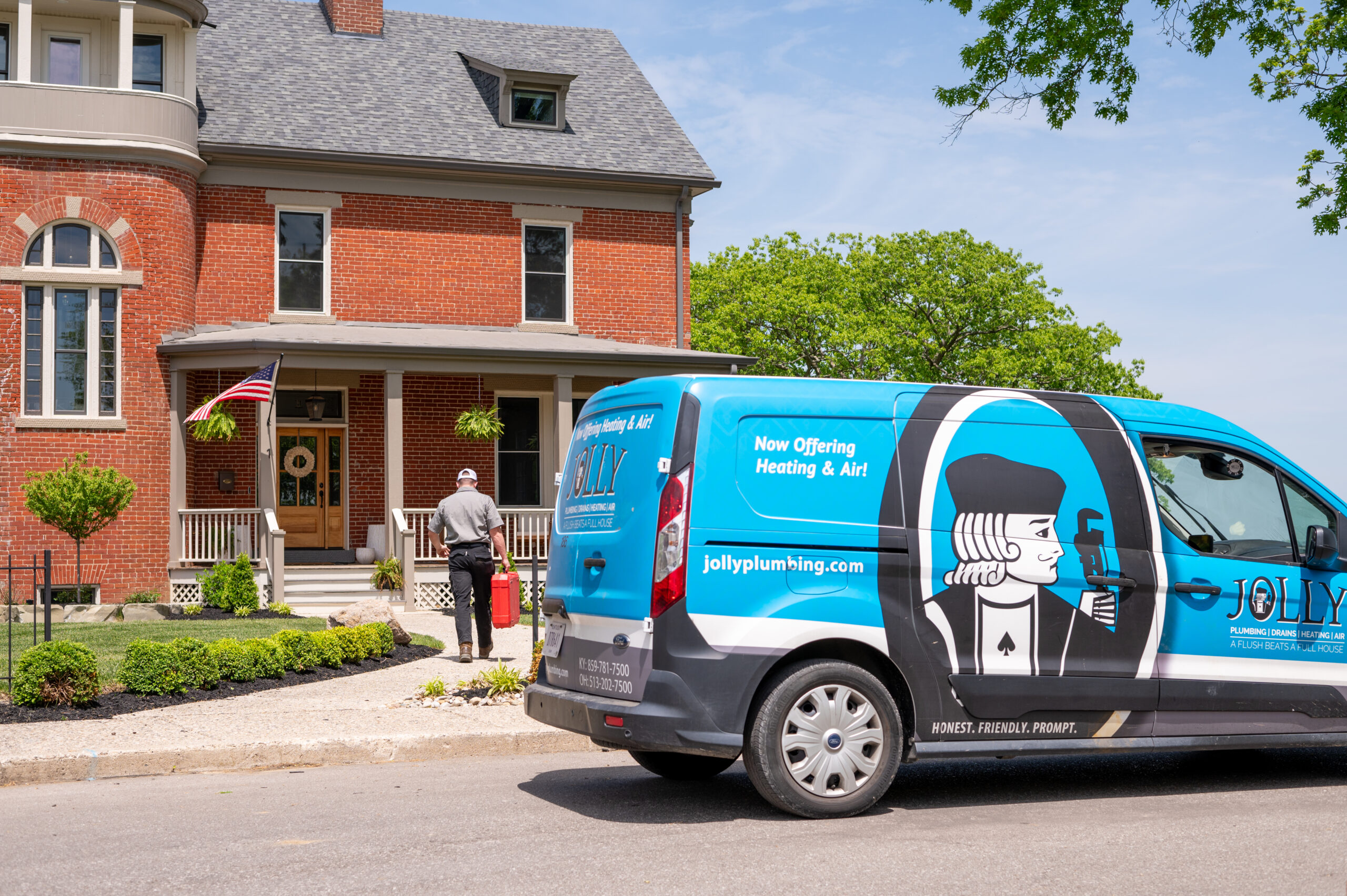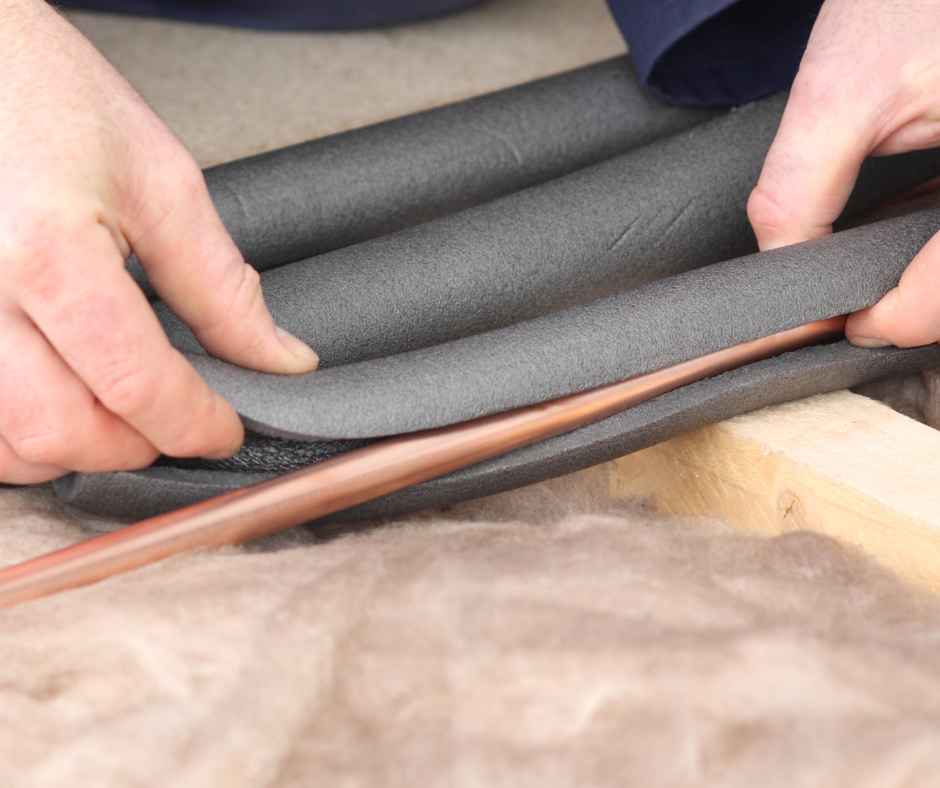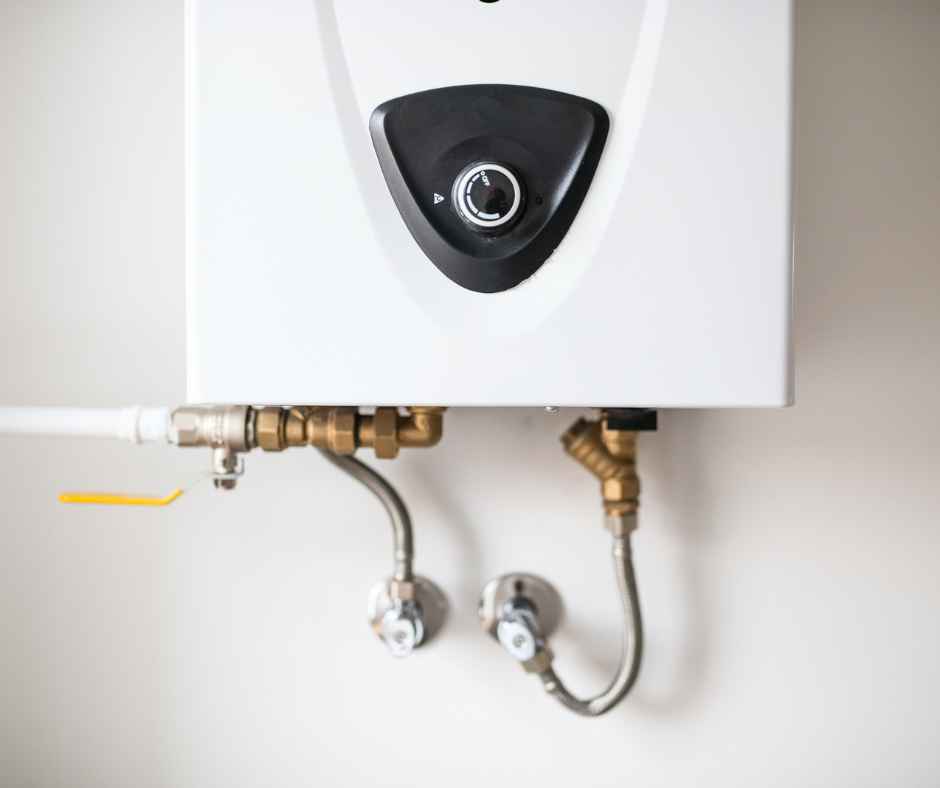You know what’s better than lugging propane tanks around your yard? A gas line outside is a safer and more efficient way to fuel your outdoor appliances. Imagine the convenience of having a steady supply of natural gas right where you need it for your grill, patio heater, or fire pit, so no more running out of fuel in the middle of a cookout or having to make a last-minute trip to the store.
Table Of Contents:
- Categories of Gas Lines for Outdoor Use
- Gas Line Installation Process
- Connecting Outdoor Appliances to Gas Lines
- Maintaining and Troubleshooting Outdoor Gas Lines
- Conclusion
Categories of Gas Lines for Outdoor Use
When it comes to fueling your gas line outside appliances, you’ve got options, and I’m not just talking about the type of grill or fire pit you choose. I’m talking about the lifeblood that keeps them running – the gas lines. It’s not a one-size-fits-all situation and you’ve got to consider factors like the appliance, location, and local building codes.
Natural Gas Lines
First up, we’ve got natural gas lines which are the bad boys that tap into your home’s existing natural gas supply, providing a reliable and cost-effective fuel source for your outdoor oasis. If you’re lucky enough to have natural gas available, it’s a no-brainer. You’ll never have to worry about running out of fuel mid-cookout or hauling heavy propane tanks around.
.png)
Propane Gas Lines
But what if natural gas isn’t an option? Enter propane gas lines and while propane is typically stored in tanks, you can install a dedicated gas line outside to connect your appliances directly to a larger tank. This detaches the need for constant refueling, granting you the liberty to position your devices in any desired location without being restricted by a tank connection.
Flexible Gas Lines
Now, let’s talk flexibility, and I don’t mean in your yoga practice. I’m referring to flexible gas lines, like corrugated stainless steel tubing (CSST), which are the acrobats of the gas pipeline world, easily navigating around obstacles and withstanding the elements. They’re perfect for those tricky installations where a straight shot just isn’t possible.
Rigid Gas Lines
On the other hand, if you’re dealing with a straightforward installation and stable soil conditions, rigid gas piping lines might be the way to go. Made from sturdy materials like black iron or galvanized steel, these lines are built to last. They may not have the flexibility of CSST, but they make up for it in durability.
Gas Line Installation Process
Installing a gas line is not a DIY project. I repeat, put down the wrench, and step away from the trench because this is a job for the pros, and for good reason.
Organization and Outline
Before any digging begins, there’s a lot of planning and design work that goes into a gas line installation. It’s not as simple as drawing a line from point A to point B. You’ve got to consider the location of your appliances, the required gas load, and any local building codes or regulations because this is where a professional’s expertise really shines.
Trenching and Excavation
Once the plan is in place, it’s time to break ground. Trenching and excavation are prime fragments of the procedure and call for specialized equipment and expertise to corroborate a secure and precise installation. The depth of the trench is determined by local codes but is usually deep enough to protect the line from any damage and provide easy access for maintenance purposes.
Pipe Installation
With the trench dug, it’s time to lay the pipe because this is where those material choices come into play. Whether you’re working with CSST or rigid lines, the installation process requires precision and attention to detail. Every connection must be secure and leak-free, which is why it’s so important to have a certified professional handling this step.
Trial and Examination
Before any gas flows through the line, it undergoes rigorous testing and inspection. This accommodates pressure testing to locate leaks and make sure that all components are functioning properly. A certified technician will perform these tests, giving you peace of mind that your gas line is safe and ready for use.
Coupling to Appliances
The final step is connecting the gas line to your outdoor appliances and again, this is a job for the pros. They’ll make sure that each coupling is firm and that your appliances are properly calibrated for prime performance. And just like that, you’re ready to fire up the grill, light the fire pit, or enjoy whatever outdoor amenity you’ve got in store.
Whether it’s natural gas, propane, flexible, or rigid lines, each has its pros. Regular checks? Absolutely necessary to keep things safe and sound.
Connecting Outdoor Appliances to Gas Lines
BBQ and Grills
Let’s start with the MVP of any outdoor space: the grill. Connecting a gas line to your outdoor grill means you’ll never run out of fuel mid-cookout and no more last-minute propane tank runs. But here’s the catch: once your grill is connected to the gas line, you can’t move it and make sure you’ve found the perfect spot before committing.
Terrace Warmers
Patio heaters are your new best friend. Connecting them to a dedicated gas line means you’ll never have to worry about refilling tanks. Consistent, reliable heat all season long.
Outdoor Kitchens
If you’re really looking to up your outdoor entertaining game, consider an outdoor kitchen. Gas-powered appliances like grills, side burners, and ovens can take your al fresco dining to the next level. And with a dedicated gas line, you’ll have a constant fuel source to keep the party going.
Flame Bowls and Hearth Settings
Nothing sets the mood quite like a cozy fire as gas-powered fire pits and fireplaces offer the ambiance without the hassle. No chopping wood, no cleanup, just flip a switch and enjoy. Connecting these features to a gas line makes it even easier to create that perfect atmosphere.
Maintaining and Troubleshooting Outdoor Gas Lines
Regular Cleaning and Inspection
Just like any other part of your home, your outdoor gas line and appliances need regular cleaning and inspection. Inspect for indications of deterioration, rust, or harm and remove any accumulation or debris that might impact functionality.
Recognizing and Fixing Leaks
Gas leaks are no joke. If you suspect a leak in your outdoor line, act fast. Signs of a leak include:
- A hissing sound
- Dead vegetation near the line
If you notice any of these red flags, shut off the gas supply immediately and call in the pros. Don’t try to DIY this one.
Winterizing Gas Line Outside
If you live in an area with harsh winters, don’t forget to winterize your outdoor gas line. To prevent damage:
- Shut off the gas supply
- Disconnect appliances
- Insulate exposed portions of the line
A little prep work can save you a big headache come spring.
Replacing Damaged Components
Even with regular maintenance, components of your outdoor gas line may become worn or damaged over time. Keep an eye out during inspections and don’t hesitate to replace parts as needed. A small fix now can prevent a costly repair later.
Hooking up your outdoor gear to a gas line transforms your backyard into the ultimate hangout spot. No more running out of fuel for grills or heaters, just endless fun.
Conclusion
So there you have it, folks – the lowdown on gas line outside. With a professional installation and regular maintenance, you can enjoy all the perks of an outdoor gas line without any of the headaches. Just think, no more hauling heavy propane tanks, no more running out of fuel mid-barbecue, and no more worrying about the safety of your outdoor appliances. An outdoor gas line is like having your own personal fuel station right in your backyard.


.png)
.png)
.png)
.png)
.png)



